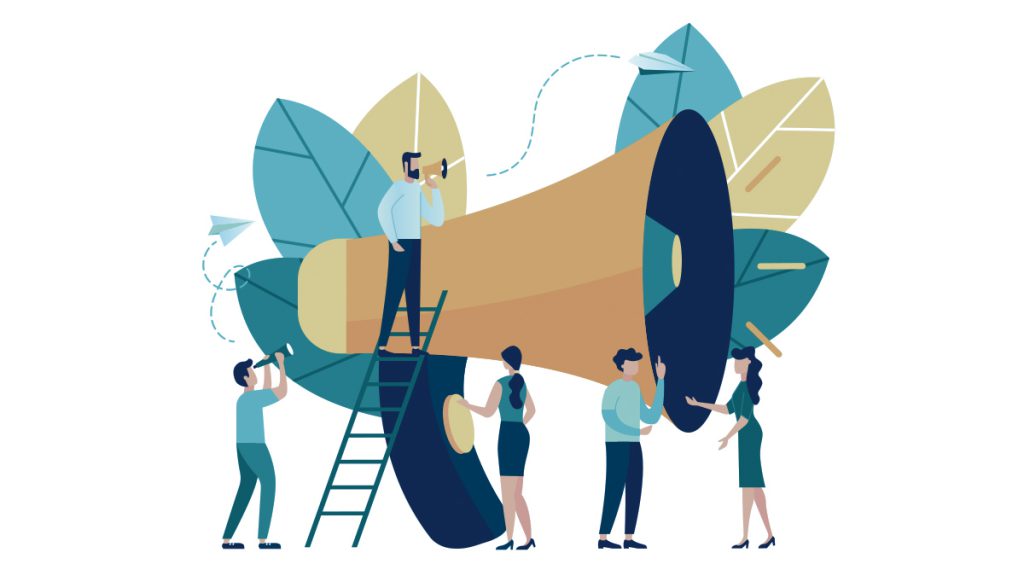When it comes to employee benefits, communication is key. However, many employers still make common communication mistakes that can have a negative impact on how their employees view their benefits. Here are some of the most common mistakes employers make regarding employee benefits and how to avoid them:
Communication mistake: Providing too much information at once
What to do instead: Use a communication calendar to help break down the information into manageable amounts
HR teams often send out a large amount of benefits information for open enrollment. This can be overwhelming for employees, who may put it in a drawer or the trash instead of reading it carefully. A more effective approach is to break down the information into more manageable chunks and distribute it throughout the year. This will help employees better understand their options and make informed decisions. Additionally, it will help ensure that employees are not overwhelmed by the open enrollment process.
Communication mistake: Uncoordinated and inconsistent communication
What to do instead: Segment audiences and messages in a consistent cadence
When employees are on different plans, it can be hard to keep a consistent message. Employees may miss critical communications from their employer, leading them to tune out or get lost. Employers should set up systems for segmenting audiences so there’s no confusion about who should receive what message–and when! In addition to providing messages to specific audiences, create consistency. Send out a communication monthly, quarterly, or whatever works best. If plan changes arise, you can always send updates in addition to regular messaging.
Communication mistake: Building a dull benefits presentation
What to do instead: Incorporate visuals, props, and even humor to make benefits fun
There’s a common misconception among workers that anything about employee benefits will be boring. But when HR professionals don’t make an effort to make their benefits presentations interesting, the message is bound to be lost on employees. The key to communicating employee benefits effectively is engagement. HR pros should use visuals, props, and humor to capture employees’ attention and share the importance of employee benefits in an engaging way. You can also work with your benefits administrator to help provide some fun and engaging learning materials. By making employee benefits communications more interesting, employers can ensure that employees are more likely to understand and appreciate their employee benefits.
Communication mistake: Using one communication method
What to do instead: Use multiple channels to communicate messages
Rather than relying on a single channel, such as email or employee newsletters, organizations should leverage the tools and channels where employees already communicate. This could include employee portals, social media platforms, or even chatbots. By using multiple channels, businesses can ensure that employee benefits information is front and center. Not only will this make it easier for employees to get the information they need, but it will also help increase engagement and participation in employee benefits programs.
Communication mistake: Ignoring benefits outcomes for employees
What to do instead: Track employee benefits and offer incentives for employees using them
Employers can help track employee benefits and hold them accountable for the outcomes. By tracking progress and outcomes, employers can gauge how effective the program is and make necessary changes. Furthermore, employers can provide intrinsic and extrinsic incentives to employees based on their participation in the program. Intrinsic incentives include praise or recognition, while extrinsic incentives may be financial or include other perks. Ultimately, employers can encourage employees to stay engaged in their benefits programs by tracking progress and offering incentives.
Communications That Work
Creativity and clever messaging can help make your message stick in employees’ minds when it comes to employee benefits communications. If you skip over your core message and dive right straight to the “fun part,” your messaging may ultimately fall flat. By sending the right message at the right time and place, you can help ensure your communications land and offer your employees the support they’re looking for.



